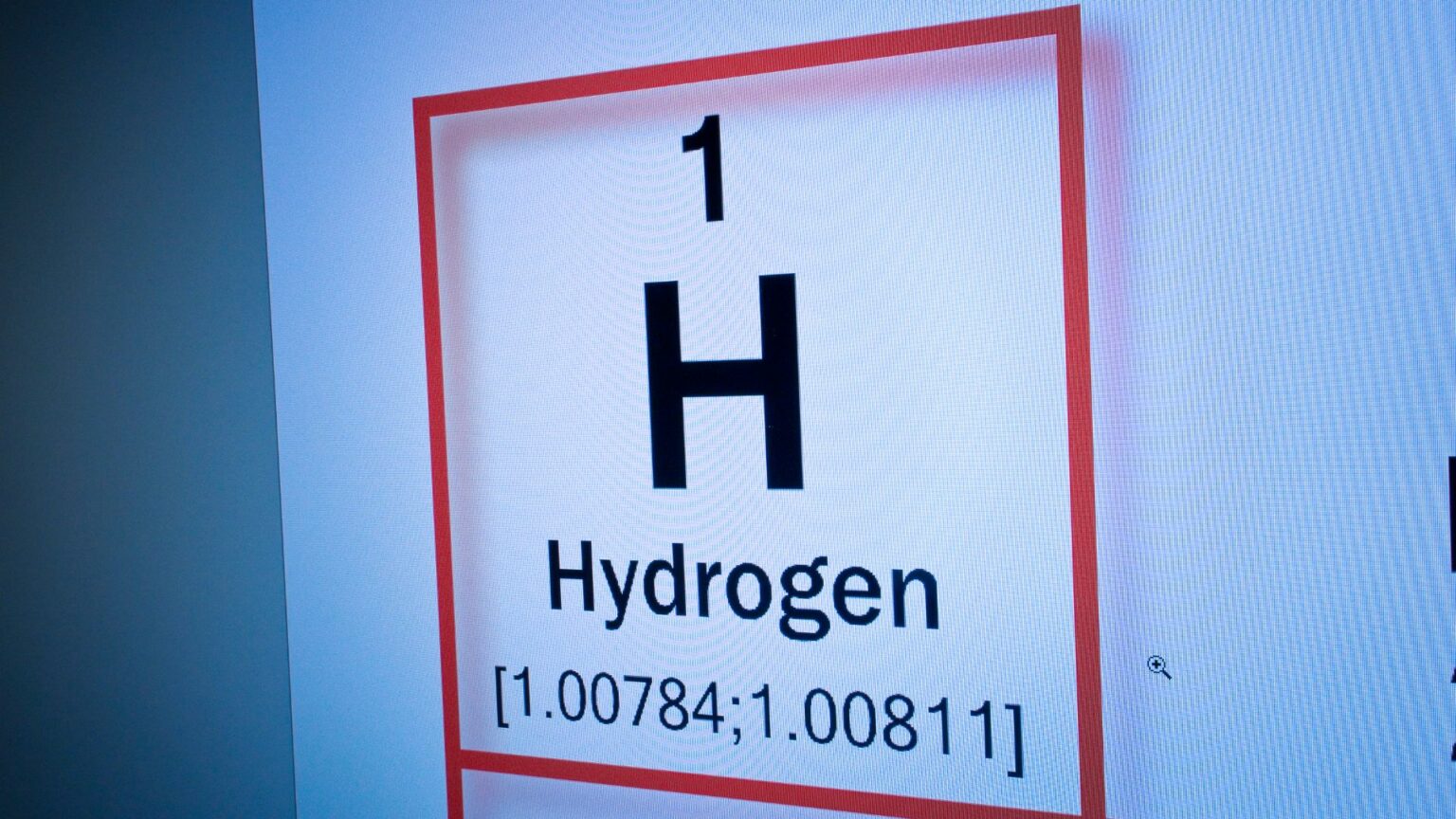The International Energy Agency (IEA) has released its 2023 annual renewables report, painting a less optimistic picture for green hydrogen than previous forecasts.
The report highlights challenges and slower growth rates in the capacity of renewable energy dedicated to hydrogen production, particularly in Europe.
The primary goal of the IEA’s annual renewables report is to provide insights into the trajectory of green hydrogen capacity growth. However, the 2023 forecast delivers sobering news, indicating a 35% reduction compared to 2022. The aspirational target of bringing planned projects to financial close is hampered by challenges such as a lack of off-takers and increased production costs.
The cornerstone of green hydrogen production lies in electrolyser projects powered by renewable energy. The IEA report notes that of the 360GW of planned renewable energy-powered electrolyser projects scheduled before 2030, a mere 3% have reached financial close or commenced construction. Delays in electrolyser shipments, attributed to order backlogs and malfunctioning equipment, add complexity to the technological landscape.
The potential impact of slower-than-expected progress in green hydrogen projects is significant. With just 7% of the announced capacity set to be realized between 2023 and 2028, the potential contributions of green hydrogen to the global energy mix face setbacks. Europe, in particular, sees a 51% reduction in the 2023 forecast for renewable capacity dedicated to hydrogen.





